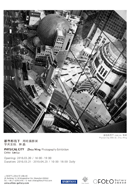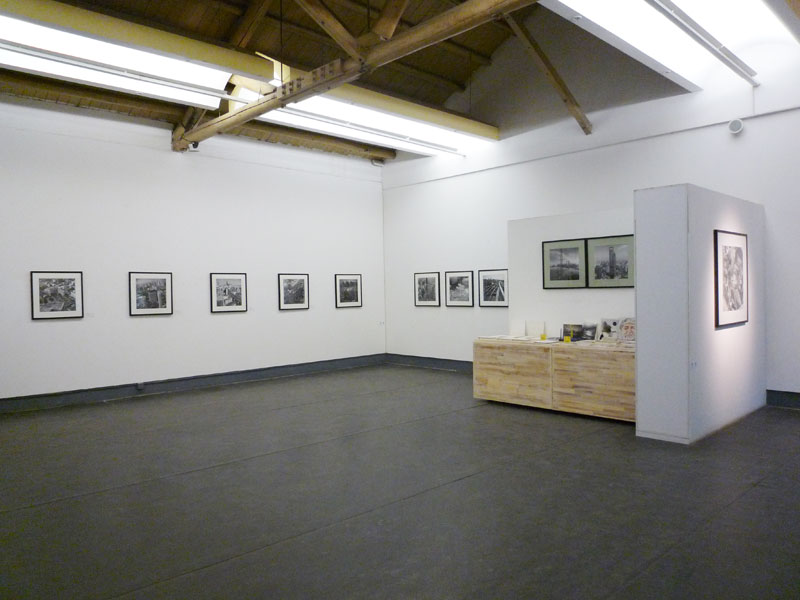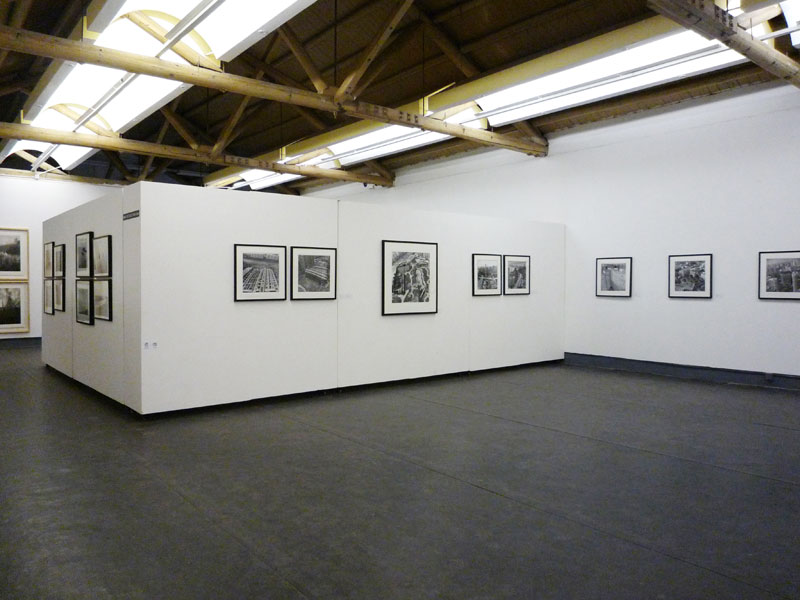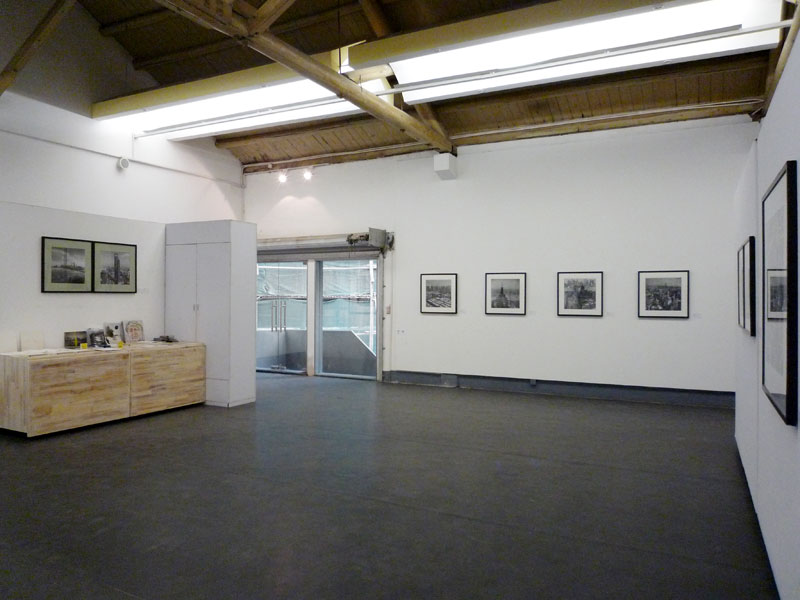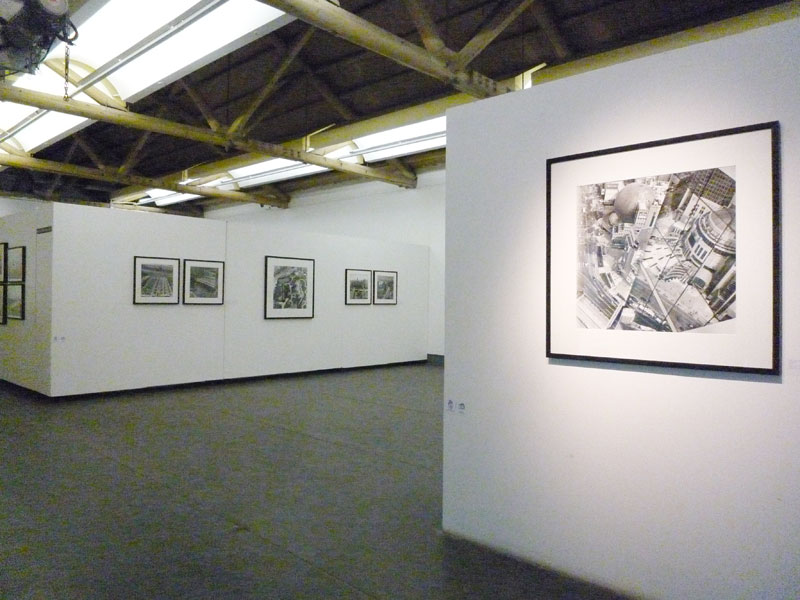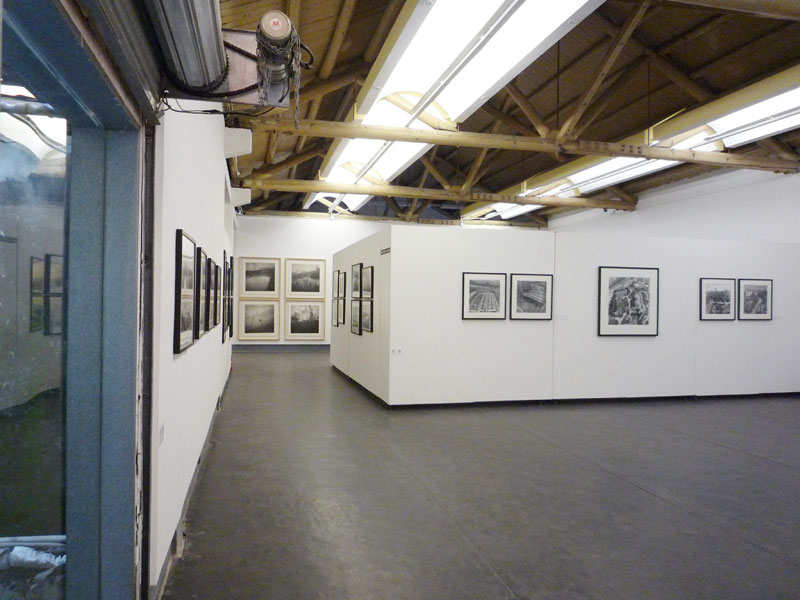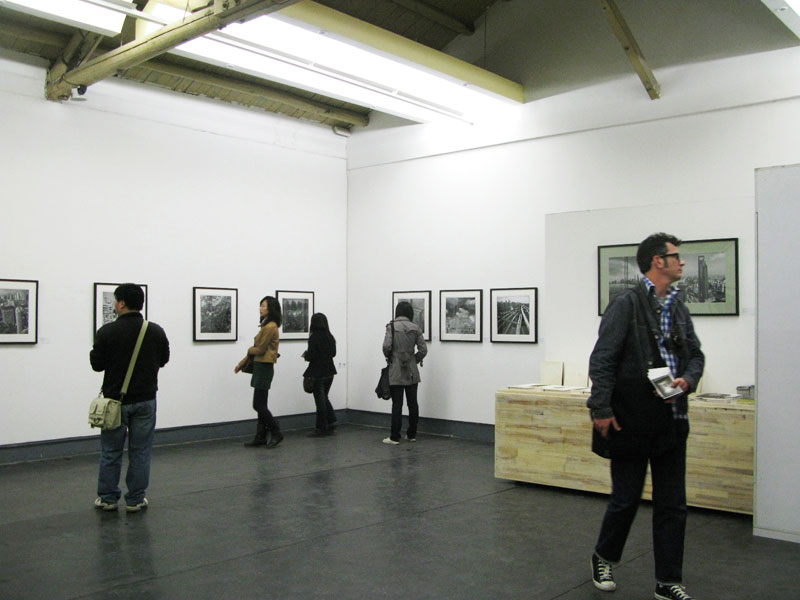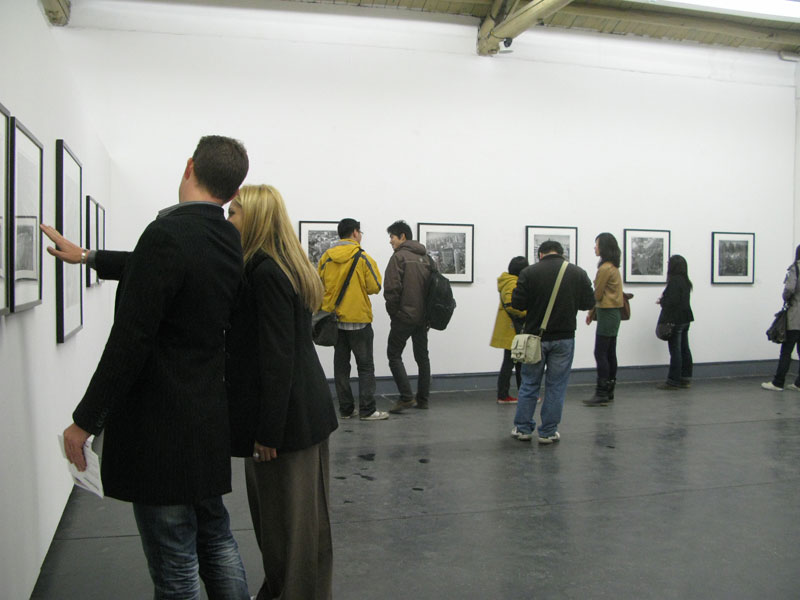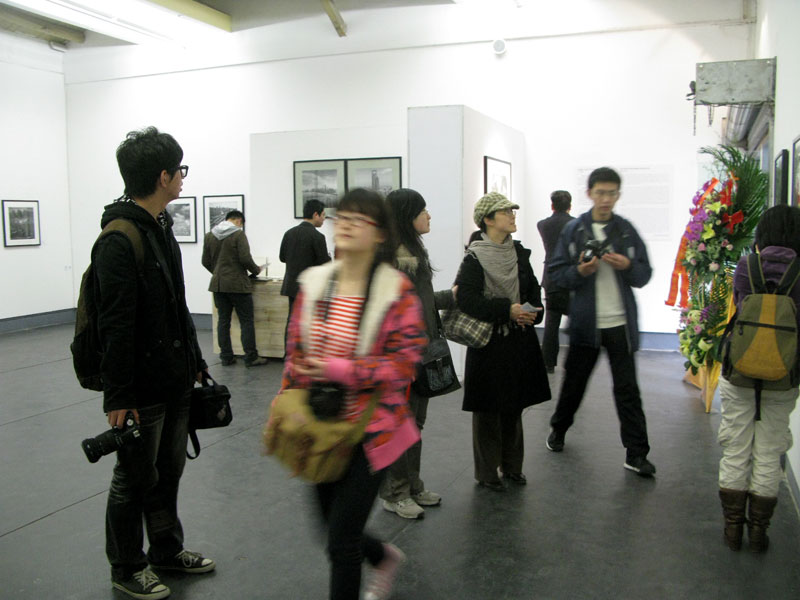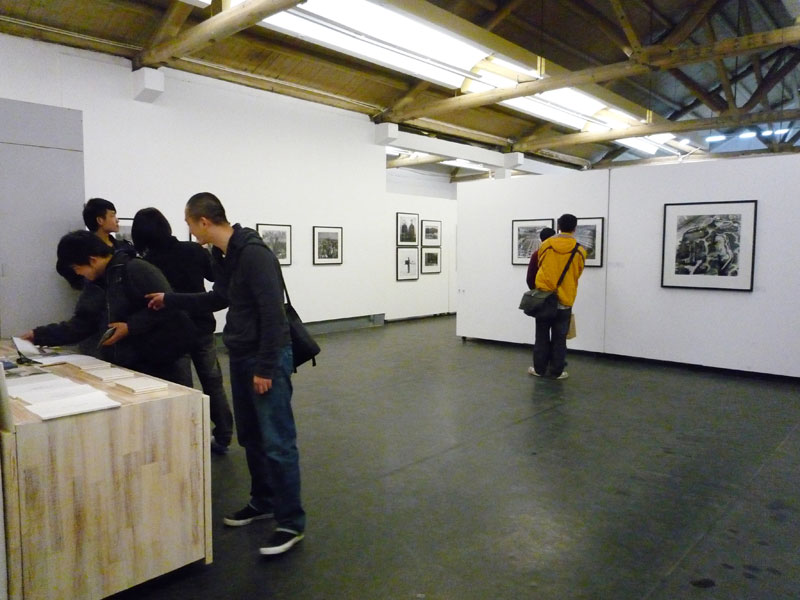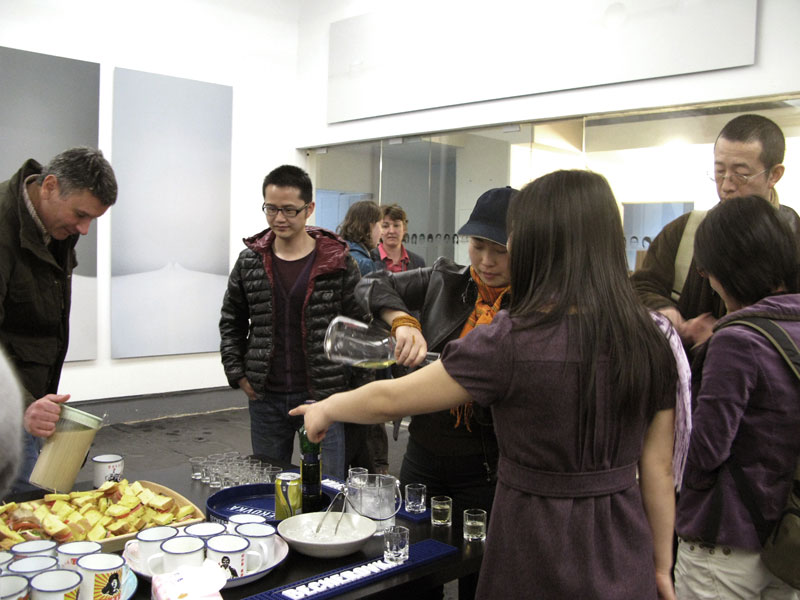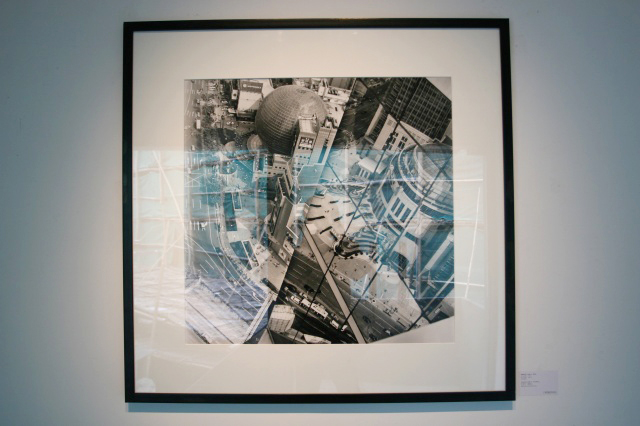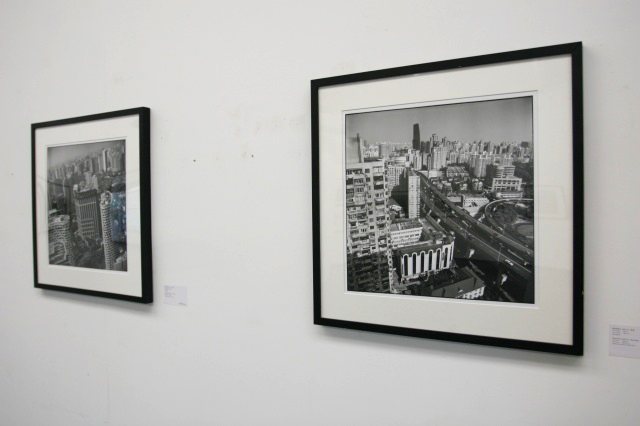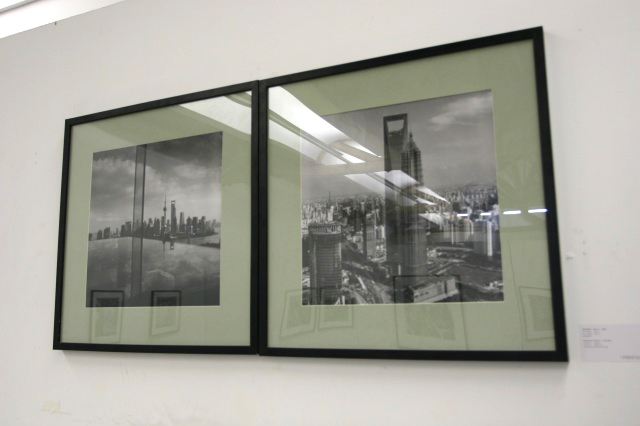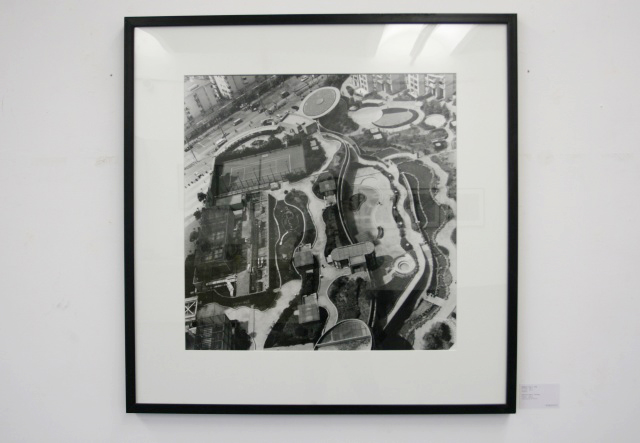by Lin Lu
At first glance, Zhou Ming’s scenes of the metropolis are simply aerial views of Shanghai captured with the click of a shutter. However, examining these pictures from the image studies’ perspective, it’s really not that simple. The process of identifying a point of commanding height and recording samples of metropolitan existence in particular, actually includes profound philosophical ideas, such as the conceptualization of the ‘physical’.
From the perspective of the history of photography, the earliest photographer to examine the modern city from an aerial viewpoint was Alvin Langdon Coburn (1882-1966). In 1912, following his travels between America and England, and work on a range of experimental photographs and portraits of famous people, he returned to New York and shot his final images of America. This series of photographs were taken from the tops of skyscrapers. He pointed his camera lens directly downwards, excluding the horizon, in order to create flat perspectives and abstract scenes. His work of that period already possessed the characteristics of abstract art, thus establishing a stable basis for the maelstrom of later photographers. In 1913, he held a solo exhibition in London which included these pictures, entitled New York From Its Pinacles.
However this time, nearly one hundred years later in Shanghai, Zhou Ming’s ‘physical’ photographs are not merely abstract depictions of the city. At the same time, they bring a hint of mystery, gently deconstructing the symbolic majesty and power of the metropolis through their ‘physical’ potency. What we see is a ‘physical’, specific and tangible metropolis yet we feel an abstract physicality, a symbol of power and desire. From a philosophical viewpoint, the concept of physicality is based on the research of specific forms. We can also call this science, just as Zhou Ming has used a scientific tool, the camera, to bring to us visual pleasure. Yet ‘physicality’ does not only relate to the abstraction and transcendence of specific forms but can also be described as philosophy; what is conveyed within these aerial images is not merely the magnificence of the metropolis, but of even greater importance, the distortion and division of humanity. In that split second of breathlessness especially, we might realize that we are facing the forbidding challenges of the future. Yes, you are already standing high enough. The question is whether you can see yet further?
Translation: Nicola Kielty
